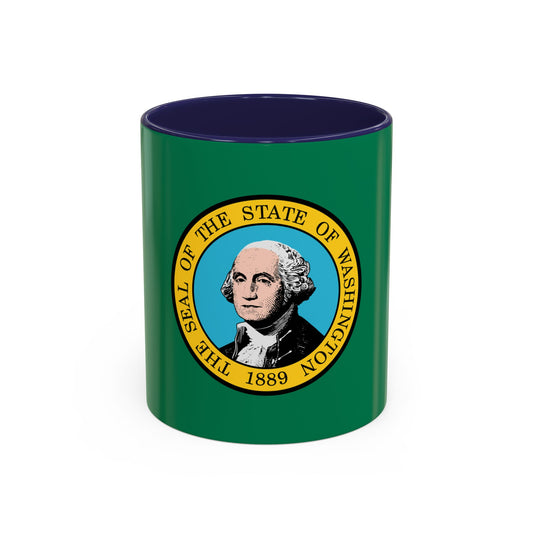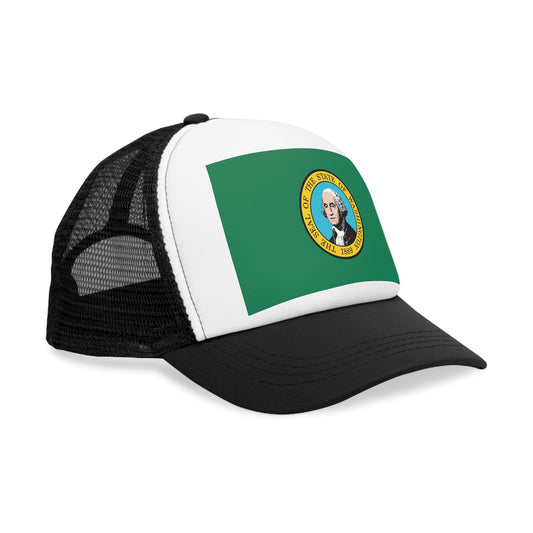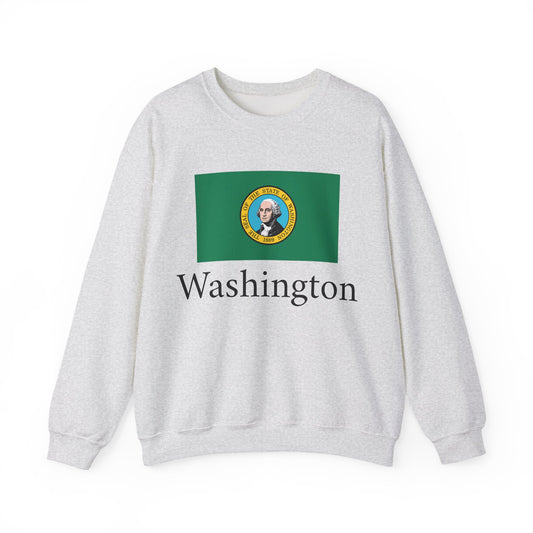-
Washington Backpack
Regular price $59.79 USDRegular priceUnit price / per -
Washington Pillow
Regular price $22.65 USDRegular priceUnit price / per -
Washington Mug
Regular price $11.65 USDRegular priceUnit price / per -
Washington Trucker Cap
Regular price $14.90 USDRegular priceUnit price / per -
Washington Leather Patch Hat
Regular price $18.85 USDRegular priceUnit price / per -
Washington Sweatshirt
Regular price $34.15 USDRegular priceUnit price / per -
Washington Inspired Sweatshirt
Regular price $34.15 USDRegular priceUnit price / per -
Washington Flag Sweatshirt
Regular price $34.15 USDRegular priceUnit price / per -
Washington Hoodies
Regular price $34.40 USDRegular priceUnit price / per -
Washington T-shirts
Regular price $22.79 USDRegular priceUnit price / per -
Washington Flag Hoodies
Regular price $34.40 USDRegular priceUnit price / per -
Washington Inspired Hoodie
Regular price $34.40 USDRegular priceUnit price / per -
Washington Inspired T-shirt
Regular price $22.79 USDRegular priceUnit price / per -
Washington Flag T-shirts
Regular price $22.79 USDRegular priceUnit price / per -
Washington State Flag – High-Quality Polyester
Regular price From $37.06 USDRegular priceUnit price / per
Collection: US State: Washington WA flag
The Washington flag, also known as the flag of Washington, is a symbol of pride and unity for the residents of the Evergreen State. With a unique design and rich historical background, the flag holds significance in various ceremonies and events across the state. We will explore the design, historical context, symbolism, current relevance, and additional facts and protocols associated with the Washington flag.
Overview of the Washington Flag

Centered upon a vibrant field of dark green, the Washington flag proudly displays the state seal, which captures a detailed likeness of George Washington, the nation’s inaugural President. This central image is encased within a gold circle, bearing the inscription "The Seal of the State of Washington 1889," marking the year the state joined the Union. This specific shade of green serves as a backdrop and a tribute to Washington’s moniker, "The Evergreen State," reflecting its abundant natural forests and verdant landscapes. Unlike many state flags, Washington’s flag uniquely incorporates the image of a U.S. President, symbolizing a direct connection to the country's early leadership and foundational ideals. The dark green and gold color scheme further enhances the flag's visual appeal, ensuring it stands out with distinction among the array of state flags.
Historical Context of the Flag
The adoption and history of the Washington flag are anchored in a desire to honor the state’s namesake and to embody the principles upon which it was founded. Here are the key historical milestones:
- Adoption Year: The flag of Washington was officially adopted in 1923, 34 years after Washington's admission to the Union. This adoption was a relatively late addition compared to the flags of many other states.
- Design Unchanged: The flag’s design has not changed since its adoption. This constancy underscores a deep respect for the state’s heritage and George Washington's enduring legacy.
- Inspirational Roots: The flag's design, featuring George Washington’s likeness, was inspired by the need to have a unique symbol that not only represented the state but also paid homage to the first President of the United States. The inclusion of his image directly ties the state's identity to national history and ideals.
- Historical Events: The push for a state flag began in the early 20th century, driven by the Daughters of the American Revolution, who felt the state needed a symbol for events where a distinctive banner was necessary. The flag debuted in 1916 during a parade in Spokane, serving as a prototype that would later be refined into the official design.
This historical backdrop of the Washington flag paints a picture of a state deeply connected to its past, proud of its namesake, and committed to the ideals of freedom and democracy that George Washington represented.
Symbolism Behind the Flag
At the heart of the Washington flag's design is a rich tapestry of meaning that reflects the state's identity and values. The centerpiece, an image of George Washington, directly connects the state to its namesake and the foundational ideals of the United States. This portrayal is more than just a visual tribute; it is a constant reminder of the principles of leadership, integrity, and commitment to the country that Washington epitomized.
Surrounding this image, the gold circle accentuates the central figure and symbolizes unity and continuity, encapsulating the state's journey from its admission into the Union to its current status. The choice of dark green for the background is intentional, symbolizing the state’s lush landscapes and embodying its nickname, "The Evergreen State." Through these elements, the flag weaves together themes of natural beauty, historical significance, and enduring values, creating a deeply meaningful symbol for the people of Washington. This symbolism reinforces a sense of identity and pride among its residents, connecting them to their state's unique heritage and the broader narrative of the American spirit.
Current Relevance of the Washington Flag
In today's society, the flag of Washington maintains a visible presence, showcased during significant state events, national holidays, and military ceremonies, embodying the pride and resilience of its people. Beyond these formal settings, it is a symbol that garners respect and acknowledgment at various public and private gatherings, demonstrating the state's unity and distinct identity. Recently, the flag has emerged in discussions surrounding representation and symbolism, sparking dialogue about its role and significance in contemporary culture.
Debates and conversations about historical symbols and their place in modern society have prompted a reevaluation of the flag's imagery, especially concerning depicting historical figures and their complexities. Nonetheless, the flag continues to be a source of pride for Washingtonians, representing a bridge between the state's storied past and its evolving future. Engaging with the flag in various capacities, from educational settings to public demonstrations, reflects an ongoing relationship between the symbol and the values it stands for within the state and the broader national context.
Additional Facts and Protocols
When displaying the Washington flag alongside other flags, it is imperative to position it on the observer's left when placed next to the national flag, showcasing its dignity and the state's respect for the federal government. In scenarios where multiple flags are flown, it must be ensured that the Washington flag is not overshadowed, maintaining its visibility and significance.
During flag-raising ceremonies, it should be the first to ascend and the last to be lowered, a practice symbolizing the state's pride and the flag's prominence. It is also important to handle the flag carefully, avoiding any contact with the ground, to prevent damage or disrespect. This level of attention to detail in the flag's display and treatment underscores Washingtonians' deep respect for their state emblem and the ideals it embodies. These guidelines are not just formalities but are integral to preserving the flag's sanctity and the collective esteem it holds.






























